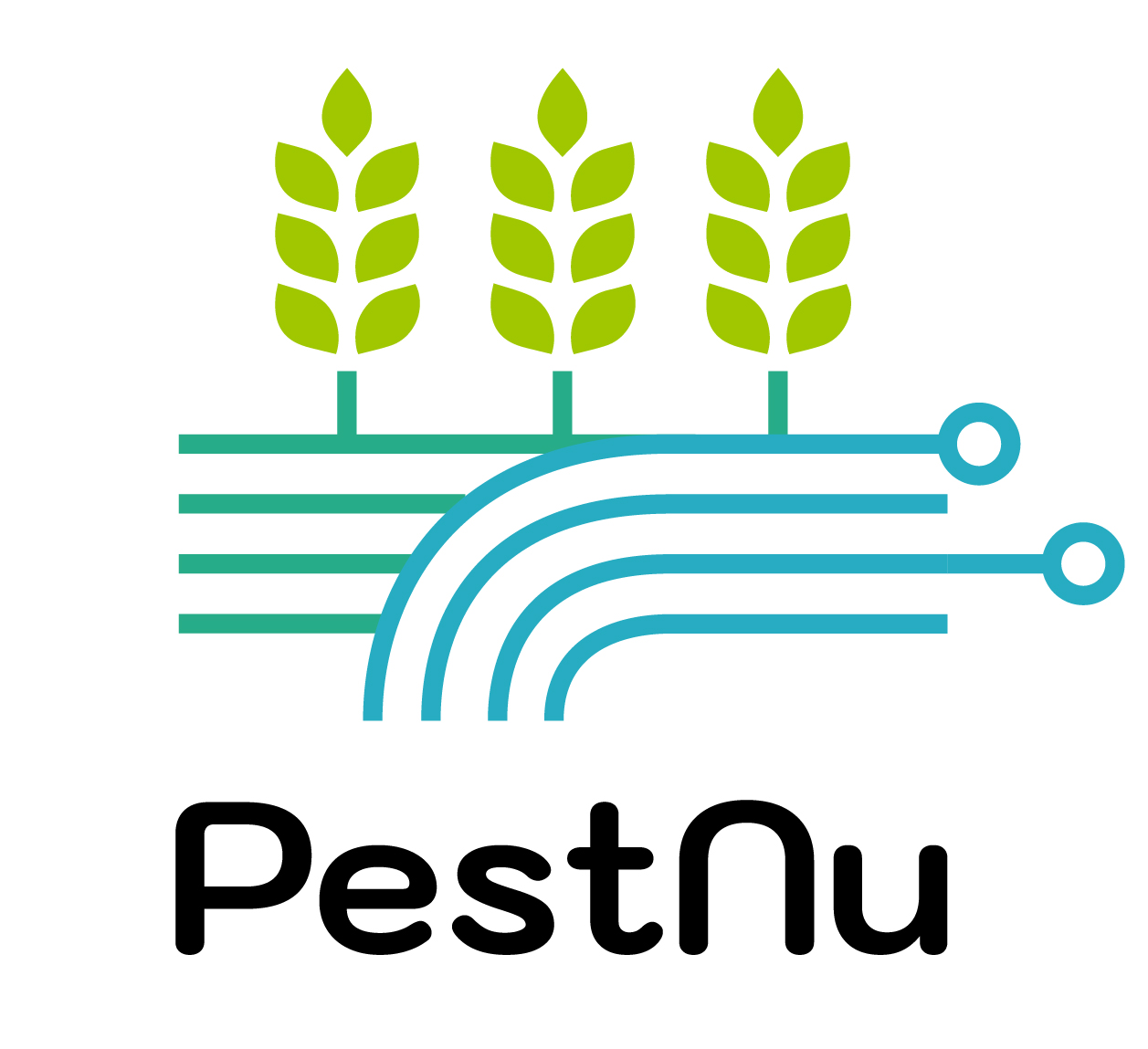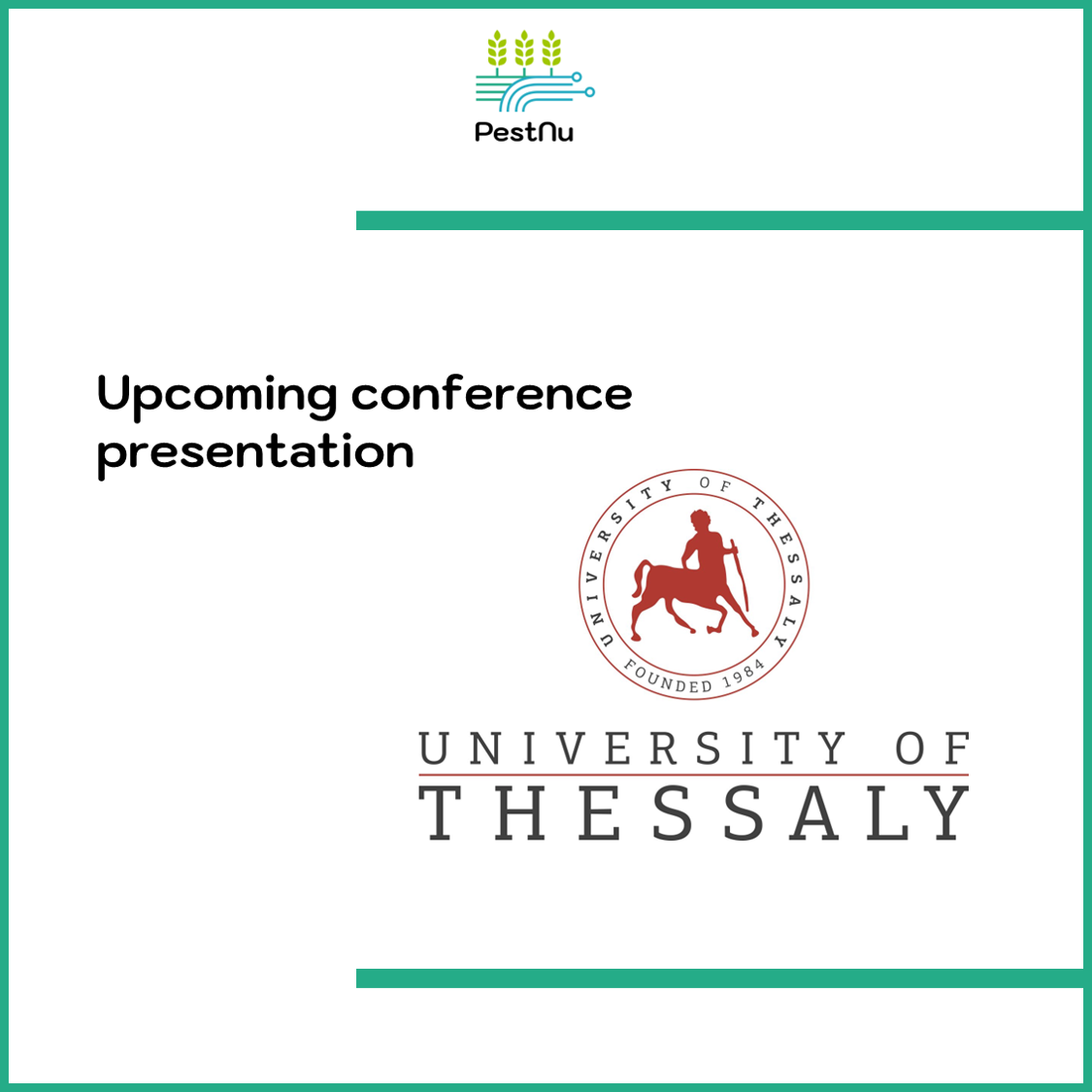University of Thessaly submitted a new abstract at “GreenSys2023: International Symposium on New Technologies for Sustainable Greenhouse Systems” Conference, which is going to take place on 22-27 October 2023, in Cancun, Mexico.
The publication, titled: “Implementation of the circular economy concept in greenhouse production systems: microalgae and biofertiliser production using soilless crops’ drainage nutrient solution“, will be presented orally during the conference. More information about this international symposium can be found on this link: https://www.greensys2023.org/
The abstract of the publication is the following:
The challenges to feed the world in 2050 are becoming more and more apparent. This calls for producing more with fewer inputs (most of them under scarcity), higher resource efficiency, minimum or zero effect on the environment, and higher sustainability. Therefore, increasing the circularity of production systems is highly significant for their sustainability. Protected horticulture offers opportunities for maximum resource efficiency across various levels within and between farms and at the regional level), high-quality production and contributes significantly to the nutrition security as part of the world food production. In greenhouses, closed soilless cultivation systems give the opportunity to increase the water and nutrients use efficiency and reduce the environmental impact of the cultivation system by the reuse of the drained water and nutrients. However, due to low quality of the water used in the Mediterranean countries, a completely closed systems is not feasible. Partial discharge of the drainage nutrient solution when the levels of electrical conductivity (EC) or of the toxic ions in the system are reached, is still a necessity. Thus, in the frame of the circular economy concept, this work presents the utilisation of the drainage solution of soilless cultivation systems for microalgae and of biofertilisers production. The system includes a greenhouse equipped with a soilless cultivation system, a drainage solution collection tank, a closed bioreactor for microalgae production and a biocatalysis tank. The bioreactor tested in the frame of this work includes two closed tube loops of a capacity of 1000 L each where, after the initial inoculation, the microalgae is developed using as growth medium the drainage solution collected from the greenhouse crops. The bioreactor includes light and temperature control while pH still is manually regulated. As soon as the microalgae culture reaches a certain density level, 20% of the culture is harvested and the culture system is refiled by drainage nutrient solution. The microalgae produced is going through a biocatalysis process which leads to the production of a rich to aminoacids (and nitrogen) biofertiliser. The produced biofertiliser is then used for the fertilisation of the greenhouse crops. The complete production cycle along with the effects of the biofertiliser produced in crop growth and yield are presented and discussed in this manuscript. This work was carried out under the PestNu project that has received funding from the European Union’s Horizon 2020 research and innovation programme under the Green Deal grant agreement No. 101037128 — PestNu.
More information about the publication, its authors and other important aspects of the research can be found on: https://bit.ly/3LWNqhT

